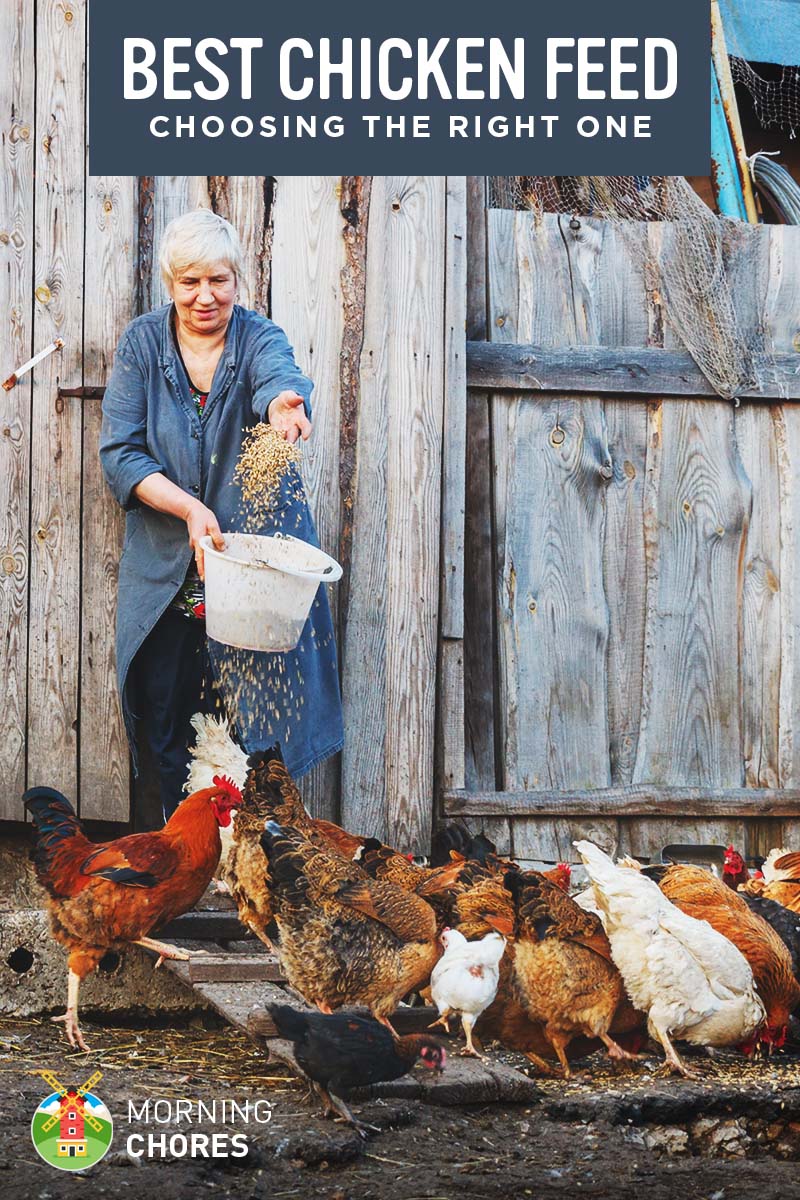

Sand will be at the bottom, silt in the middle, and clay on top. The sand, silt, and clay in your sample will separate into layers, which will allow you to see its profile easily.
#LIVING EARTH ORGANIC COMPOST FULL#
Fill the jar half full with dirt, then add water.A simple test anyone can do involves a clear glass jar, a few tablespoons of samples from around the garden, and water. To determine your dirt type, examine its texture.

A test can reveal your dirt’s type and structure, nutrient analysis, pH level, and amount of organic matter. Tests help gardeners know what’s going on down in the ground. Steps to Building a Live Soil Step 1: Testing The macronutrients nitrogen (N), phosphorus (P), and potassium (K) are the N-P-K that you see on a fertilizer bag and are needed the most after hydrogen and oxygen, which are provided by air and water.

It tells us that dirt consists of the following components: Soil science is the study of its formation, classification, and ecology. Let’s get right into it so that you can learn everything you need to know about it with this guide on the Green Pinky. By creating such a rich mixture, you will have a nutritious medium for your plants to grow. We like to build create our soil layer by layer with a recipe you will find in our article. It is teeming with life and is many ways alive itself. This tiny sliver of the earth is a mixture of organic matter, minerals, gases, and organisms. But only 10% of the earth’s surface is dirt, and topsoil is only about 10 inches deep. And it’s right under your feet.Īll life on earth depends on soil. The most important element in your garden is one that is often overlooked, ignored, and forgotten.


 0 kommentar(er)
0 kommentar(er)
